Profiles in Public Service
Conversations with public servants illuminate the complex workings of city government and how local agencies shape the physical and lived experience of the city.
We are celebrating 15 years — and counting — of stories that are deeply researched and deeply felt, that build a historical record of what the city has been.
New York, a city of islands, is home to some of the most renowned bridges in the world — feats of engineering and beauty that inspire poetry, symbolize progress, and pave connections between boroughs and to the region beyond. But those iconic structures represent just a small portion of more than 2,000 bridges that span the waterways, railways, and roadways across the five boroughs. The New York City Department of Transportation is responsible for 789 of these crossings (others are operated by entities such as the New York State DOT, the Port Authority, and the MTA).
Transportation engineer Henry Perahia worked with the NYC DOT for 25 years before retiring last year. From 1999 to 2014, he served as Chief Bridge Officer, responsible for overseeing the design, construction, and maintenance of crossings both large and small. Perahia recently sat down with us to shed light on the processes and strategies used to inspect, maintain, repair, design, and construct these crucial pieces of infrastructure. Below, he reminds us of the importance of proactive maintenance, expedient construction, and long-term planning and traces the history of technological ingenuity that spans our shores. –V.S.
How long were you at the New York City Department of Transportation (NYC DOT) and what was your position there?
I was at the New York City DOT for about 25 years, most of it in the Division of Bridges. I was the assistant commissioner of maintenance and in 1999 got promoted to Chief Bridge Officer, which meant I was in charge of inspection, maintenance, design, construction, and everything in between — which is most often emergencies. I retired in February of 2014.
NYC DOT is responsible for 789 bridges. A bridge is any roadway that takes you over an obstruction. That could be something iconic, like the Brooklyn Bridge or Manhattan Bridge, or it could be a road that goes over the BQE, the FDR Drive, or over railroads. There are a lot of city streets that you don’t even realize go over railroads — those are bridges. In New York City, unless you live two blocks from where you work, it’s pretty hard to go anywhere without crossing a bridge, although you may not know it. But they’re vital to the economy of this city and this country.
How do you coordinate or work with different regulatory regimes — city, state, or federal? If you’re working on a bridge that crosses an MTA rail line, or if you’re doing maintenance on the Manhattan Bridge that has State-run subways that run over it, what is that interplay like?
It varies. We comply with both federal and state requirements when we design and inspect bridges. Then each bridge has its own set of entities that we work with. Sometimes we work with the Parks Department if there is a park nearby and we have to take down and replace trees during construction. If we work on or over a railroad, we coordinate our work with the railroad. If we’re doing work near a sewer line, we coordinate with the Department of Environmental Protection.
I just want to clarify the difference between maintenance and reconstruction. If a piece of steel rusts and we have to go replace that piece of steel, that’s maintenance. DOT also does preventive maintenance, such as lubricating cables and applying anti-icing material to certain bridges to prevent rusting caused by salt. But if a portion of the bridge has reached the end of its useful life and we have to rehabilitate or reconstruct the bridge, that’s a whole different animal and a whole different set of permits. There are a lot fewer approvals if you’re fixing a piece of steel that rusted or was hit by a truck. I often got calls at two in the morning, much to my wife’s chagrin, that a truck hit a bridge.
Walk us through how you approach both the smaller scale day-to-day maintenance, or responses to accidents like you just mentioned, as well as the large-scale reconstruction.
When there’s an accident on a bridge, the first order of business is to send an inspector to make sure that the damage didn’t compromise traffic either on or below the bridge, because you want to keep the roads open if it’s safe. But if it’s not safe, there’s no debate. One recent example: about two years ago a truck caught fire on the lower level of the Ed Koch Queensboro Bridge. One of the beams and three of the stringers were compromised, so we closed the Queens-bound upper roadway until we could institute repairs. The design of the repair, fabrication of the steel, and the performance of the work were all performed by in-house forces, so the work was done rather quickly.
Large-scale reconstruction efforts are a bit more complicated and a lot more long-term. Reconstructing bridges is not inexpensive, so we have to plan far in advance and put it in the capital plan long before the bridge gets to the point of actual rehabilitation or reconstruction. The New York State DOT does biennial inspections on vehicular bridges, and the New York City DOT does the same on pedestrian bridges, so every one of the City’s 789 bridges is inspected at least every two years. That identifies not only what we call flagged conditions, or defects, which trigger maintenance, but also gives us an overall bridge condition rating. Based in large part on that rating, but on other things too, we prioritize which bridges have to be rehabilitated or reconstructed in what order.
One of the major considerations is that in New York City, unlike, say, Weeping Water, Nebraska — I hate to pick on Weeping Water, Nebraska — but here you can’t just close bridges when it’s time to fix them. It’s a lot quicker to shut down a bridge and reconstruct it than to work on it piecemeal. But you can’t fully close the Manhattan Bridge or the Brooklyn Bridge during peak hours, and rarely during off-peak hours. You can close one lane at a time, maybe two overnight. You can fully close some of the smaller pedestrian bridges, yes. But you’ve got to keep major roadways functional because they’re critical infrastructure, while also maintaining the roadways for the next generation. So traffic informs decisions about design, construction, and time frame.
What are some of the strategies you use to avoid those shutdowns or work around those restrictions?
Obviously there have to be some shutdowns, but they’re limited. And it depends on the bridge. For several of our Harlem River moveable bridges, we had them fabricated and assembled off-site, up near Albany. The entire bridge was put on barges and shipped down the Hudson, around to the East River, and brought onto the site fully assembled. We pulled out the old bridge, put it on the side, and slid in the new bridge. Clearly there is some construction that must be done to assemble it in its new location, but it is a lot more expedient than shutting down roadways for months or years in order to construct the bridge in place.
When the site conditions allow, we do what’s known as an off-line replacement, which means the new bridge is built to the side of the existing one. When the new bridge is constructed and ready to go, there is a relatively short closure at night to connect the roadway from the old bridge to the new bridge. So all that reconstruction is taking place with minimal impact to traffic. It might cost more than if you had shut down and fully restored the bridge, but the question of whether you can shut down the bridge is pure fiction — it’s not going to happen. We did an off-line replacement for the Willis Avenue Bridge, and we’re doing that on the Goethals Bridge as well. I now work part-time for a firm called KS Engineers, and one of our projects is construction inspection for the reconstruction of the Goethals Bridge, which is a wonderful project.
NYC DOT also uses incentives and disincentives in their contracts. The federal government has formulas to compute the cost to the user to not have a particular roadway, taking into account lost time, added wear and tear and fuel costs on users’ cars to go around the construction, et cetera. Just to illustrate the point, let’s say a hypothetical roadway with a very heavy usage has a user cost of $100,000 dollars a day. DOT can use that number or a lower value (but never higher) to give a contractor an incentive and disincentive. We say, “Ok, Mr. Contractor, for every day that you fully open the roadway early, up to a maximum of 30 days, we’ll give you (in our hypothetical case) $50,000. That means you can make up to an extra $1.5 million.” It isn’t really an additional cost because that’s less than the cost of the closure to the users. On the flip side, Mr. Contractor, for every day that you’re late, we’re going to deduct from your payment $50,000 — and there’s no limit on that. So while the incentive is limited to $1.5 million, if a contractor is really late this can theoretically be very costly. The result is that most of these contracts ended up being finished early and others right on time. There is only one project that I can think of during my time at DOT where the contractor came in late. So incentives and disincentives work really well for both the City and the contractor, and it’s a huge win-win deal for everyone in New York.
Across the US right now there’s been a lot of talk about structurally deficient infrastructure. What does that designation actually mean?
Structurally deficient is the federal term. While we use the federal term, NYC DOT also uses terms from State inspection standards, which in part consist of a numerical system that rates bridges on a scale of 1 to 7, where 7 is brand new. The moment you “drive that bridge off the lot,” it’s not a 7 anymore. 1 is more or less dead. And we use a verbal rating, so 7-6 is considered very good, 6-5 is considered good, 5-3 is considered fair, and 3-1 is considered poor. You’ll notice the rating system is not evenly distributed, it’s biased towards the poor and fair purposely because those are the bridges you need to devote most of your attention to.
One word about structurally deficient — structurally deficient does not mean unsafe. Structurally deficient is the term that is used to indicate this bridge better get on your radar screen for rehabilitation if it isn’t there already. The term we use in New York City for unsafe is not structurally deficient, it’s not poor — it’s “closed.” If it’s unsafe, that bridge is closed.
The goal is to get a bridge into rehab and a good deal through the construction before it reaches a “poor” rating. That wasn’t always the case. New York City once had over 100 bridges that were rated poor; when I came to DOT, the number was in the 70s. Right now, there is one “poor” bridge in all of New York City — the Brooklyn Bridge, which is well into its construction and pretty close to completion. Again, poor doesn’t mean unsafe, it means you should be in construction. Obviously after construction is over that bridge will no longer be poor.
On average, a bridge deteriorates about a tenth of a point a year. So if you want to get a project into construction or completed before it reaches a 3, you need to start design when it’s about a 4. Procuring a designer, producing the design, procuring a contractor, and then doing construction — that’s roughly an 8-10 year period. So around the time the bridge is a 4, you want it already budgeted, in the plan, and ready to start design.
The current rating system is somewhat biased, but in a very good way. For example, let’s say we’re rating the bearings of the bridge, which are the part of the underside that allows the bridge to move — people don’t always realize it, but bridges need to move. So let’s assume we have ten spans with good bearings that are rated 6, but one span has a bearing that’s rated 4. Then the rating for all the bridge bearings will be 4, because that’s the weakest link of the chain.
Someone once told me, “We want all the bridges in New York to be good. We don’t want any to be “fair;” we want them all to be “good.” Well, the definition of “good” is that it’s functioning as intended. In a city like New York, it is not practical to be shutting down roadways and reconstructing a bridge that’s functioning just fine. You would be imposing a major inconvenience on the public and taking money away from more valuable uses. I feel that the current method is really the best way of doing it.
How have the basic demands on the city’s bridges changed?
Several of our bridges were built in the late 1800s and early 1900s, which includes all the East River bridges, and they were designed for horses and buggies. Nobody had heard of an 80,000-pound, 13-foot-high tractor-trailer with an 8-foot wheelbase. So the geometry and the weight of the vehicles we put on the road have changed significantly over time.
That gets us to the other federal rating. You asked about structurally deficient, but there is another rating: “functionally obsolete.” Basically that means that the geometry will not accommodate modern vehicles. We pay a little less attention to that. The Brooklyn Bridge will be functionally obsolete forever, because there is no way that anyone is going to take down that bridge and put in a highway bridge with 12-foot-wide lanes to accommodate tractor-trailers. If someone tried, the only debate would be whether that person would be shot or hung. So some bridges will continue to remain functionally obsolete because the alternative isn’t reasonable.
Some bridges age out and aren’t considered for rehabilitation. Is that a function of finance, that it’s more cost effective to completely replace a bridge, or is that also a function of design and maintenance?
Both. Certainly economics plays an important role. When you’re in government you don’t have enough money to do everything you would like, so you have to prioritize and make your money go as far as you possibly can. Sometimes the economics of totally shutting down a bridge while you replace certain elements just isn’t feasible. In some cases, the Goethals Bridge for example, total replacement off-line made the most sense. Brand new replacements also give you the opportunity to do things that you can’t do by rehabilitation — bringing bridges up to current standards, increasing lane width, and adding bike lanes. So that will also drive your repair versus replace decision.
DOT carefully studies the specifics of each bridge. During conceptual design, the consultant will prepare several alternatives with the upside and downside of each, and the cost of each. So rather than talking in theoretical terms, the owner will know exactly what it gets for its money Things like increased safety, reduced environmental impact, increased capacity, and less costly maintenance are among the reasons that something other than the least costly option might be selected.
You mentioned that you’re currently working with KS Engineers on the Goethals Bridge. What makes that an exciting project?
My role in it is very limited since I only work part time, but the new bridge is innovative in so many ways and it’s exciting to be part of that innovation. I think it’s a beautiful bridge and they have an excellent team on it. It’s design-build, a procurement method that is gaining in popularity, and it’s being built and maintained through a public-private partnership, which means the private entity will maintain the bridge for 30 years. So the procurement method is pretty new and exciting.
Also, it’ll be the first pure cable-stayed bridge in New York City. There are two other cable-stayed bridges in New York City. There’s one over on the East Side over the FDR Drive, but it’s not a pure cable-stayed bridge because only the live loads are held up by the cable stays; the dead load, which is a huge part of the load, is a standard beam bridge. There’s also one on the West Side by the Intrepid that looks like a cable-stayed bridge, but I’m told that the cables went in last…
Across your time as Chief Bridge Officer, whether it was for regulatory reasons, financial reasons, or changes in administration, how did your job or the challenges that you faced change?
One challenge that wasn’t as big when I started is convincing people that we have to invest in the infrastructure. When I first came in, everybody understood that the city’s bridges were in dire need of major reconstruction. Now the bridges are in much better shape — and we’re all proud of that — but that means a lot of folks think we don’t have to spend as much money to maintain the status quo. But there’s a ten-year lead time on these things, and if we don’t spend the money now, we’re going to have to pay the piper down the line. By the time you notice that the last guy didn’t spend the money, it’s too late. The City is, and needs to continue to be, proactive about maintaining its infrastructure.
How did your particular interest in bridges develop? What path led you to becoming Chief Bridge Officer?
I just like bridges from an engineering standpoint. When I first came to work for the City, my intent was to be there just long enough to get a “real job,” because the word about public service is that it’s the kind of job you get if you can’t find a real job. Nothing can be more untrue.
I loved — not liked, but loved — working for government. The ability to make change, to go home at the end of the day knowing you’ve made things safer for the citizens of New York than they were when you started the day. You get a marvelous sense of accomplishment working for government that cannot be matched anywhere else. So I had my two loves – bridges and working in government – in one job and got to work with some of the most talented people in the city. I looked forward to going to work every single day. I had the best job in the world.
Do you have a favorite bridge?
Truth be told, the Brooklyn Bridge is my favorite. Roebling was a genius. I am in awe of that bridge from an aesthetic standpoint and in even greater awe of that bridge from an engineering standpoint. Actually, bridges that are well designed from a functional standpoint tend to be perceived as very attractive, because the mind gravitates to things that are more functional, more efficient. The Brooklyn Bridge is a combination suspension bridge and cable-stayed bridge. Positively genius design.
That having been said, I don’t think every bridge needs to be unique in its design or be iconic. Some bridges are meant to look inconspicuous, to blend in with the environment. There are some where, unless you’re paying attention, you won’t even know that you’re on a bridge. Not all bridges need particular attention in terms of aesthetics, but they all need attention in terms of maintenance. All I can say is, don’t forget about them, because if you do, they will remind you, and that will be problematic.
The views expressed here are those of the authors only and do not reflect the position of The Architectural League of New York.
Conversations with public servants illuminate the complex workings of city government and how local agencies shape the physical and lived experience of the city.


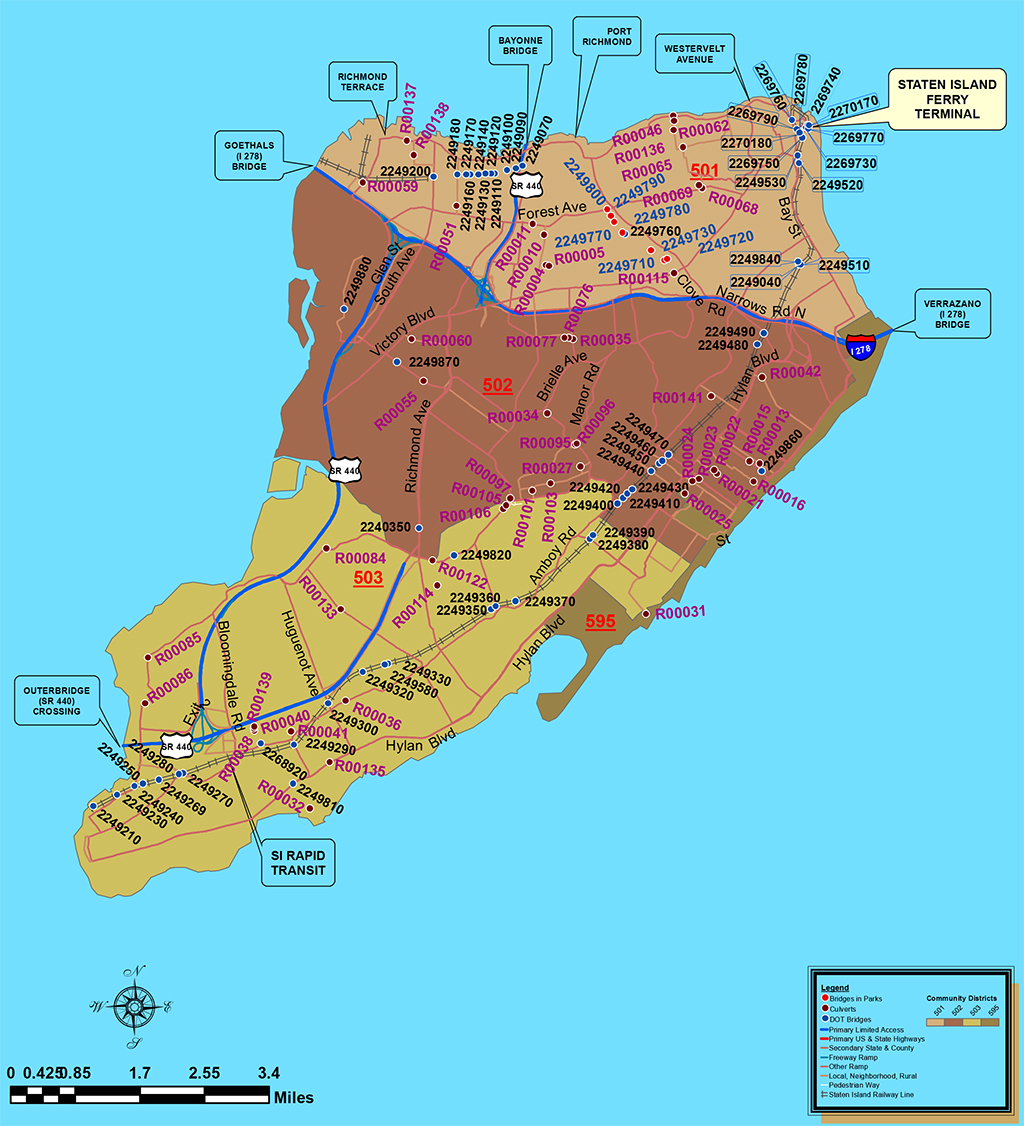
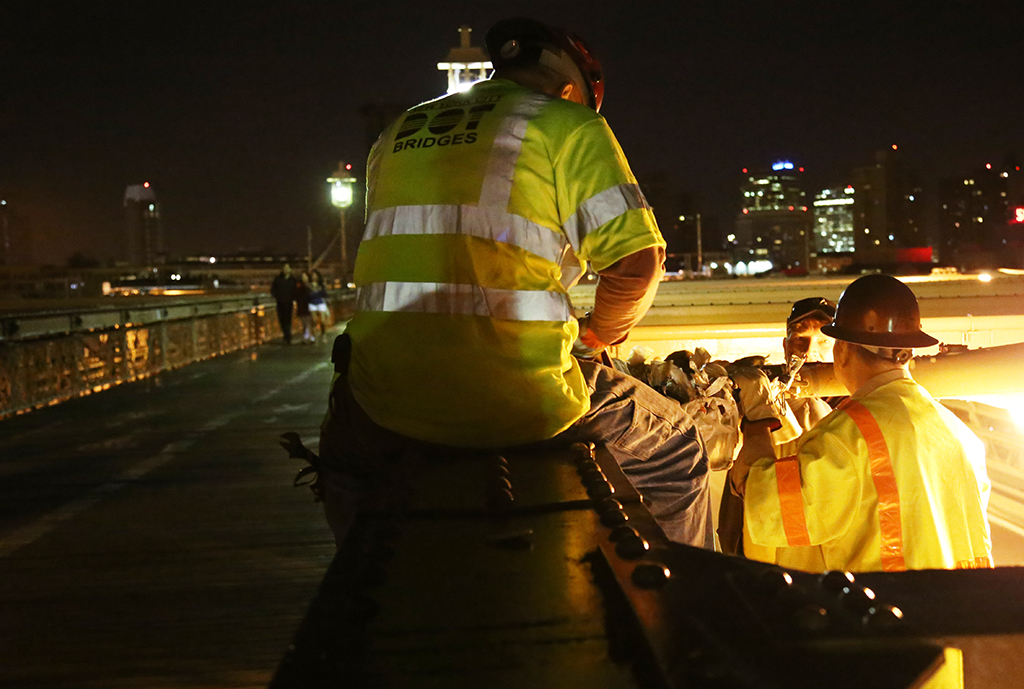
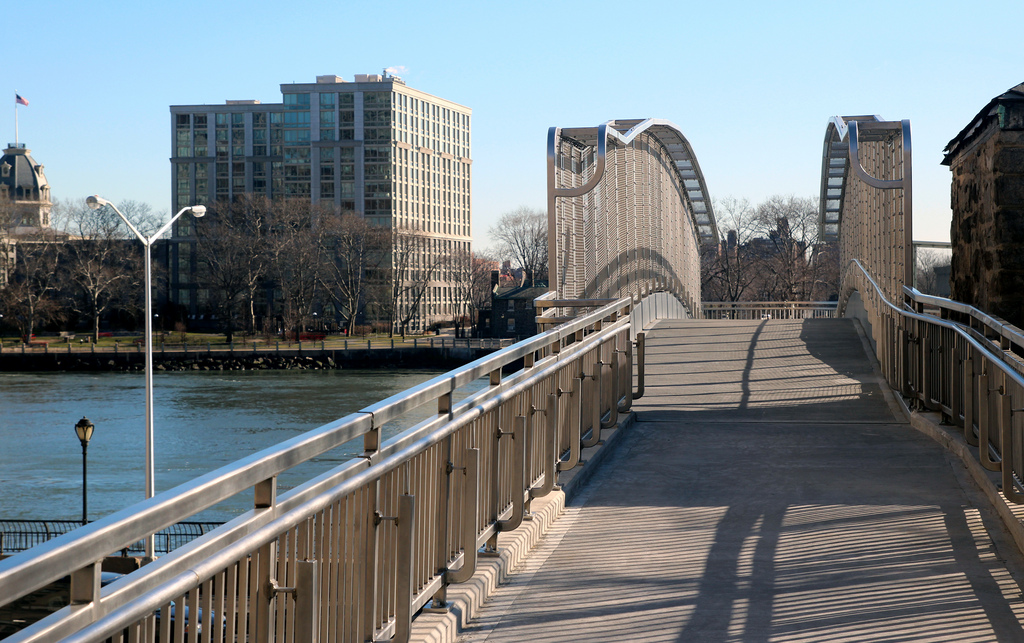
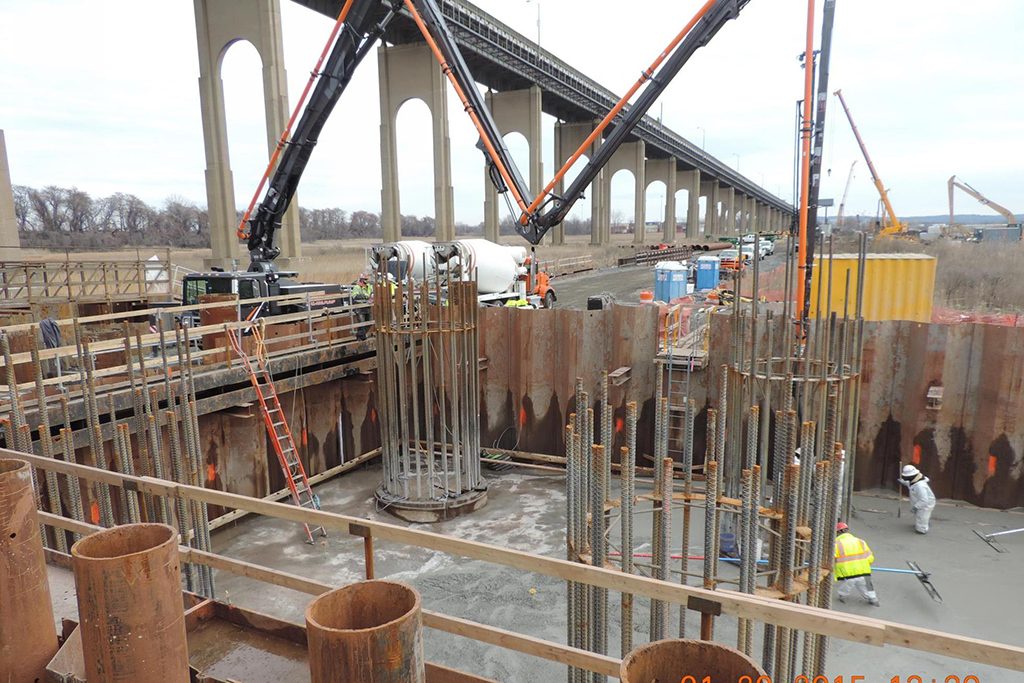

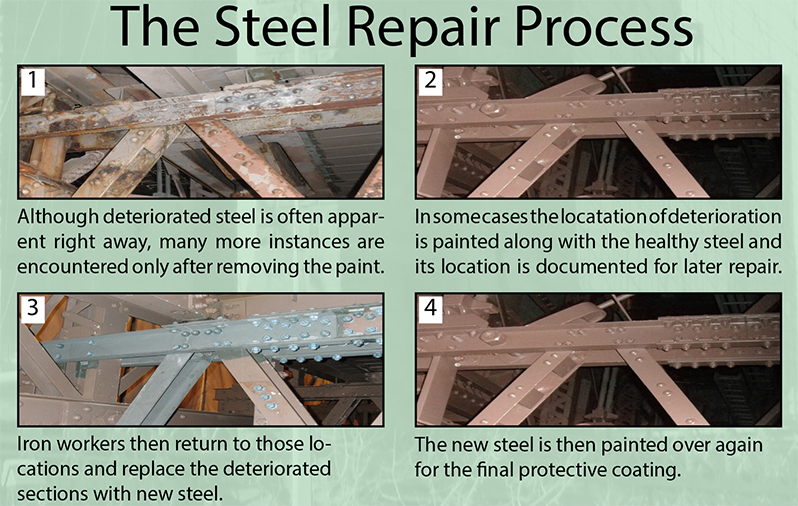

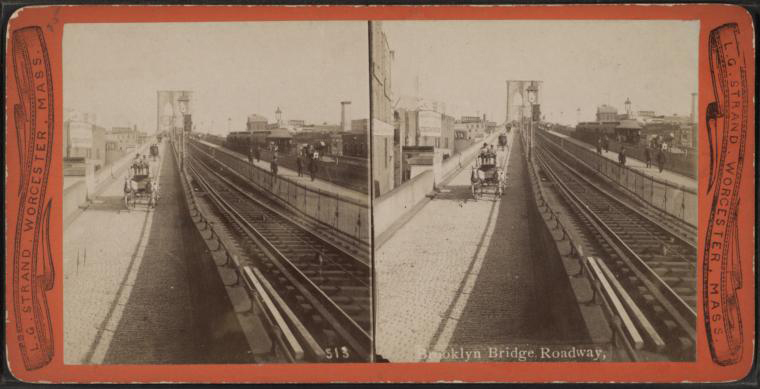

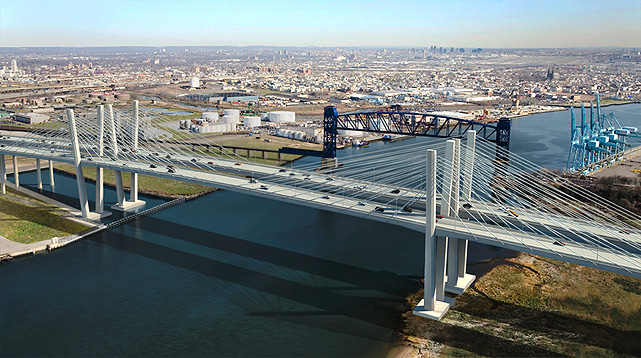
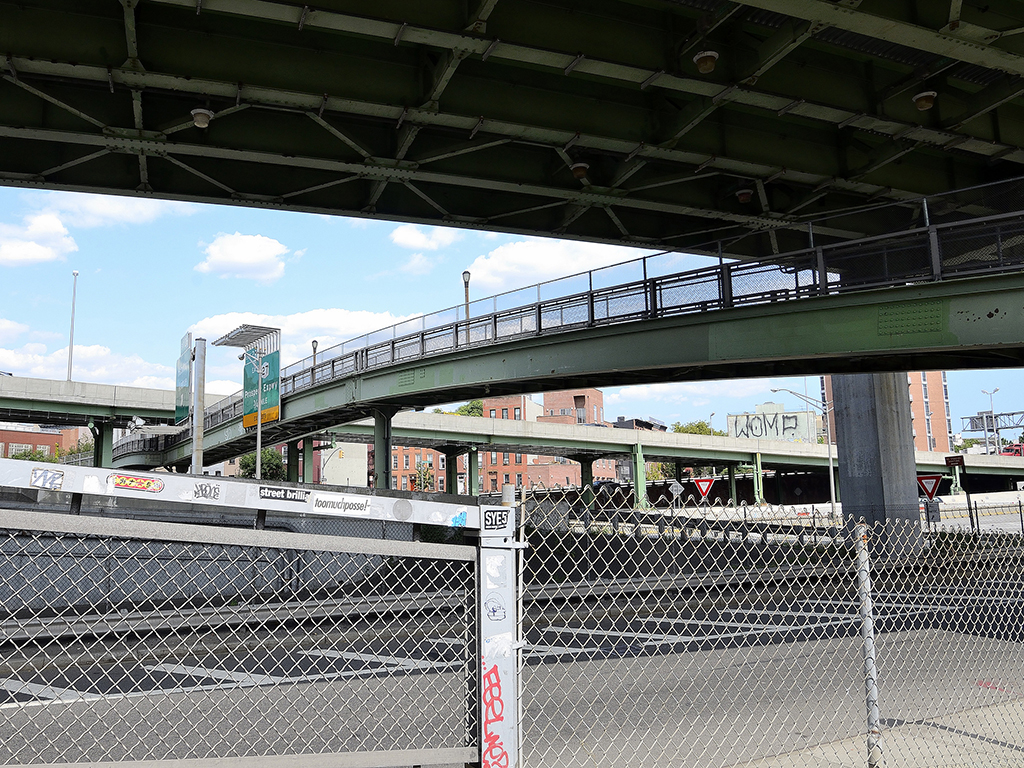
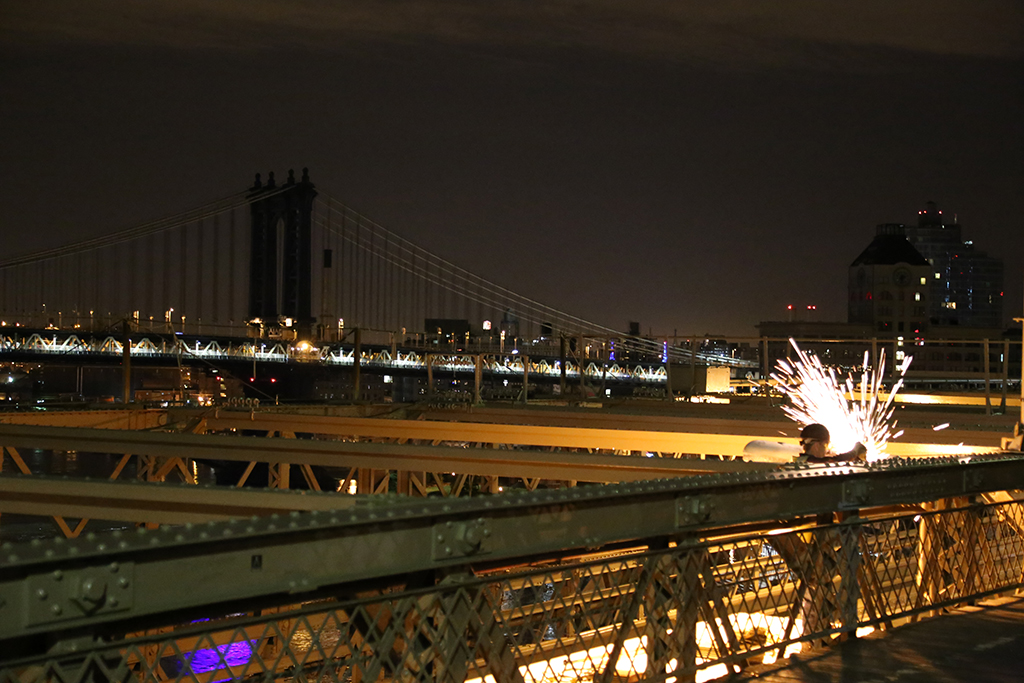
Comments